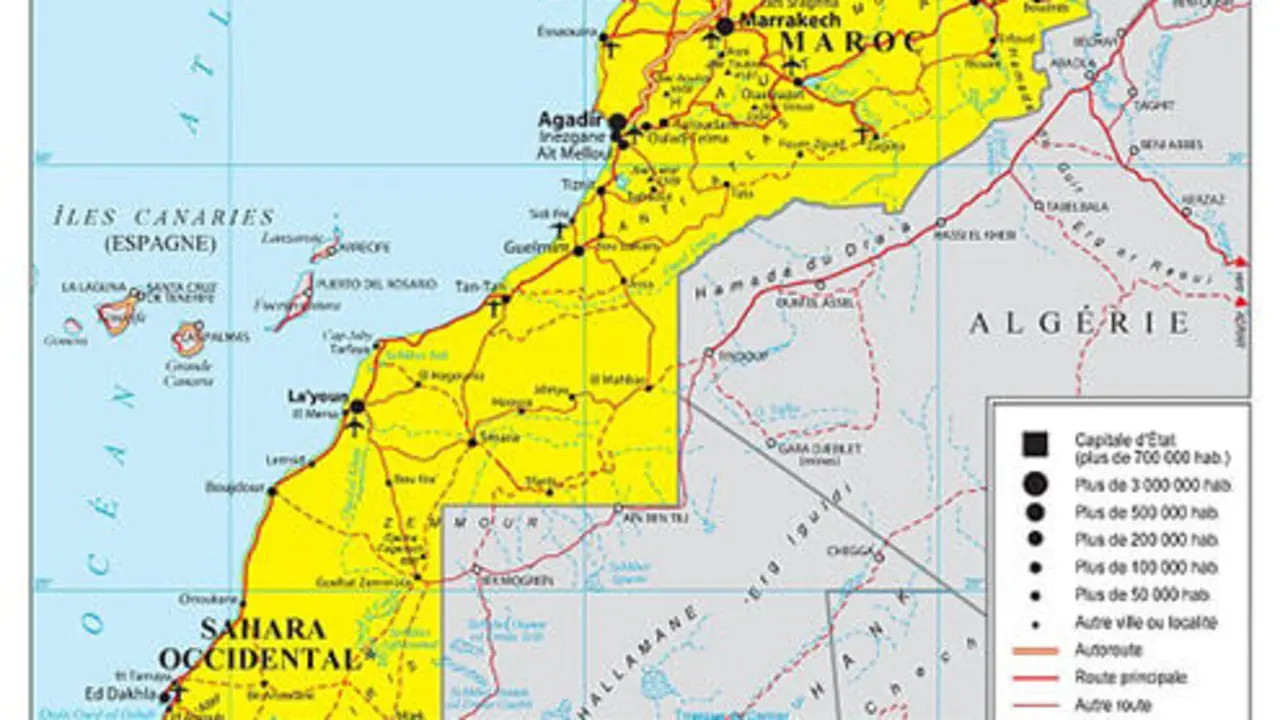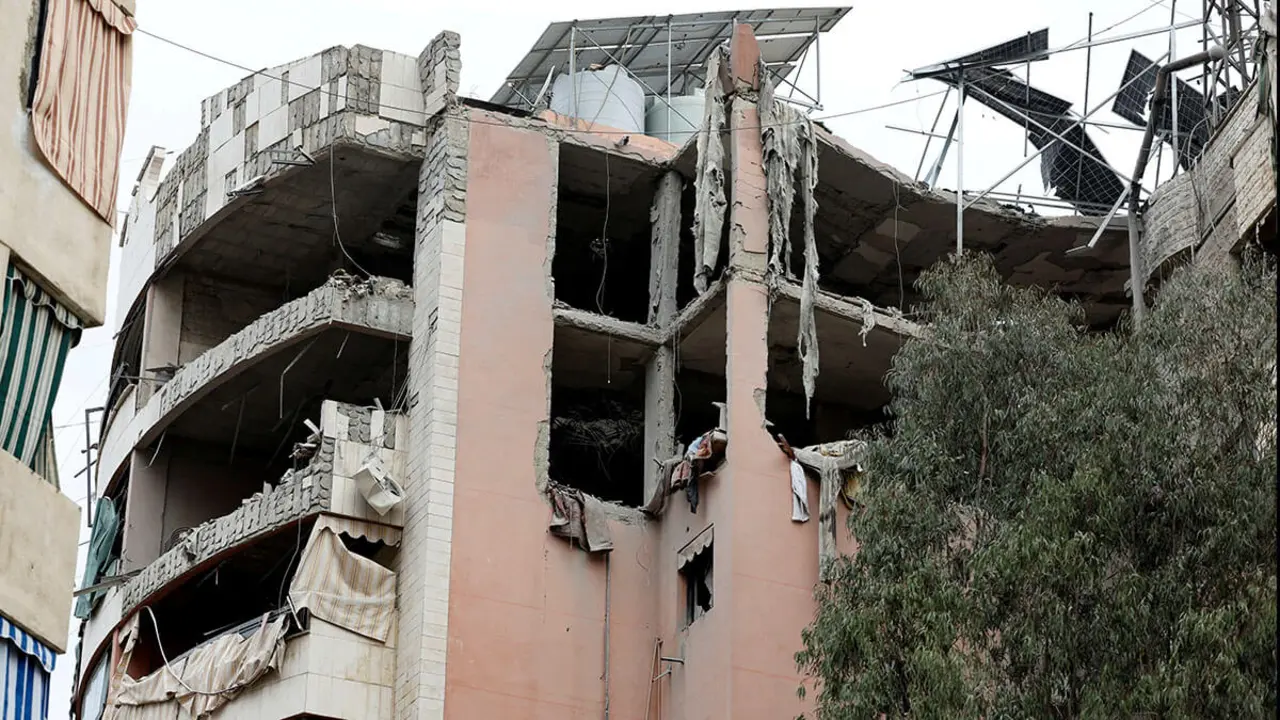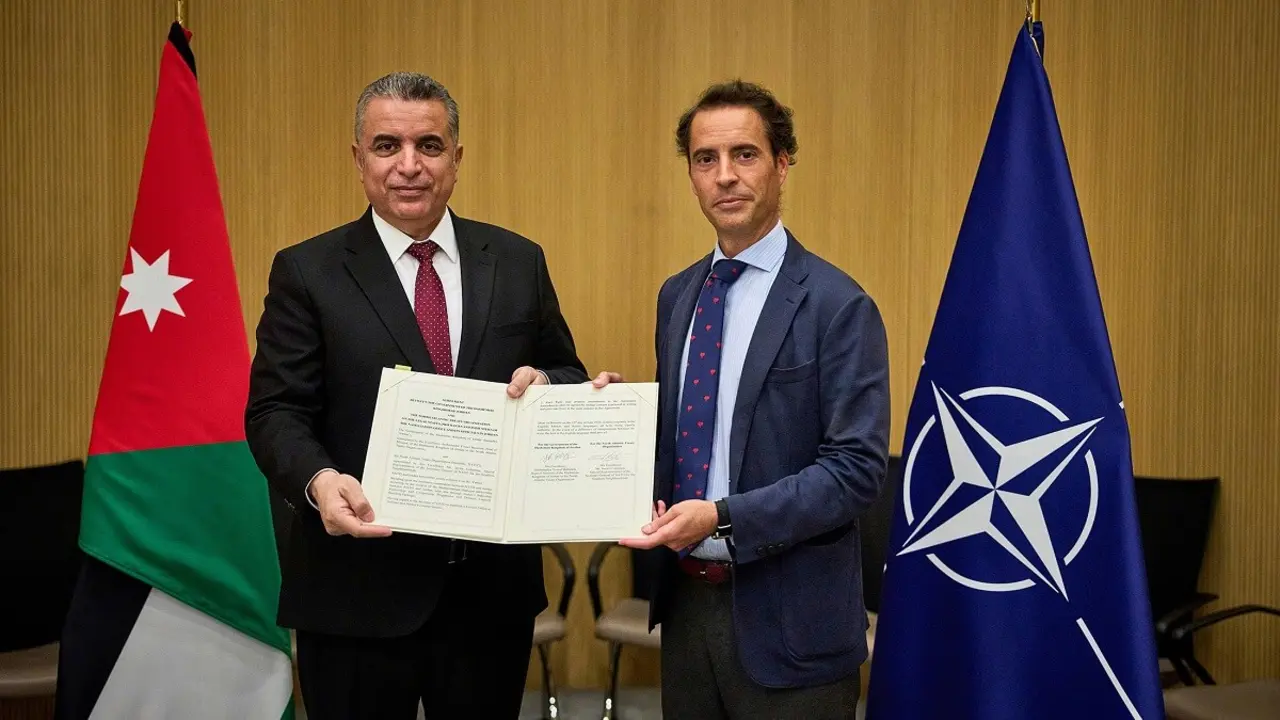Hamas accepts UN ceasefire resolution

On his eighth tour of the Middle East, US Secretary of State Antony Blinken's main objective was to convince Hamas to reach an agreement that Israel had already given the green light to. And, although it was seen as impossible because of Hamas's demand for a definitive end to the war, they have finally agreed to accept the proposal drawn up by US President Joe Biden and negotiate the details of it.
Hamas agrees to negotiate details
This is one of the biggest breakthroughs in recent months. When negotiations seemed doomed to fail due to the inflexibility of both sides, the United States, after many attempts by regional mediators, has managed to find the middle ground that, at least in the short term, will achieve a truce centred especially on the return of the hostages kidnapped by Hamas since the 7 October terrorist attack.
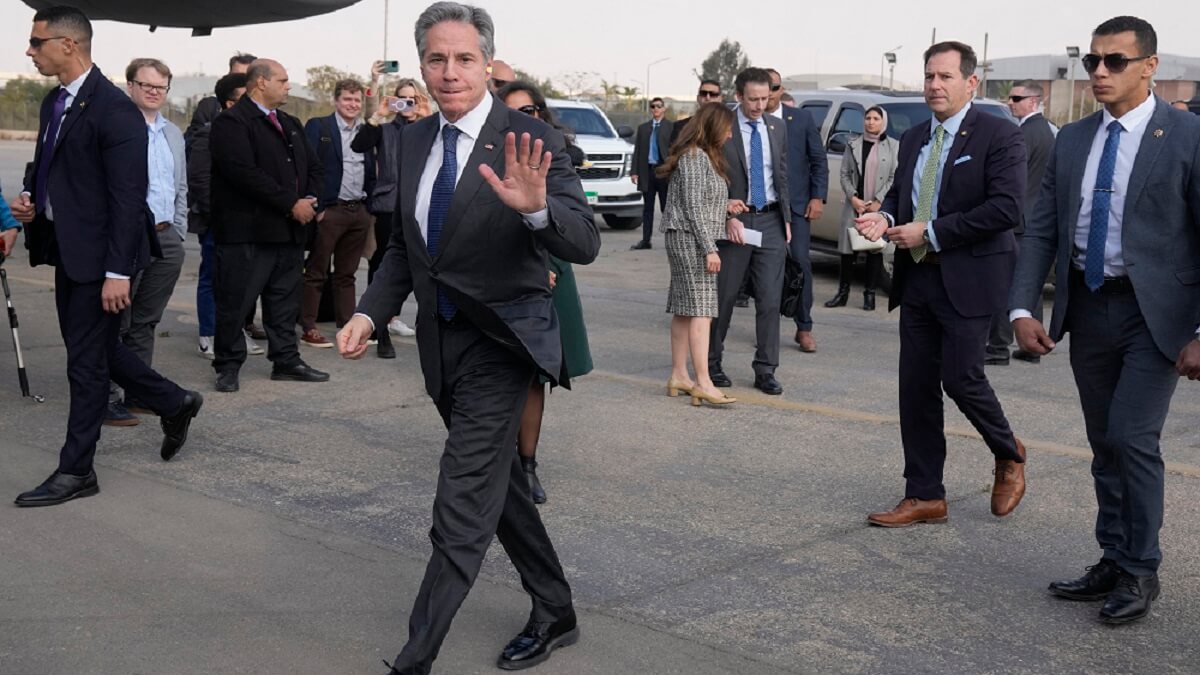
The US ceasefire plan already had Israel's approval, Blinken said: "I met with Netanyahu last night and he reaffirmed his commitment to the proposal", even if, for the sake of appearances, he wants to stick to his idea of not stopping until Hamas is completely wiped out. Hamas spokesman Sami Abu Zuhri told Reuters that they are willing to negotiate.
The ceasefire proposal
On Monday, the UN Security Council (SC) approved the ceasefire proposal with 14 votes in favour and only one abstention, that of Russia. The US ambassador to the UN, Linda Thomas-Greenfield, said that Israel has already accepted and hopes that Hamas, pending study of the details, will do the same. She also recalled the importance of reaching an agreement as soon as possible because "with each passing day, the needless suffering continues. Palestinian civilians are living through hell through no fault of their own"
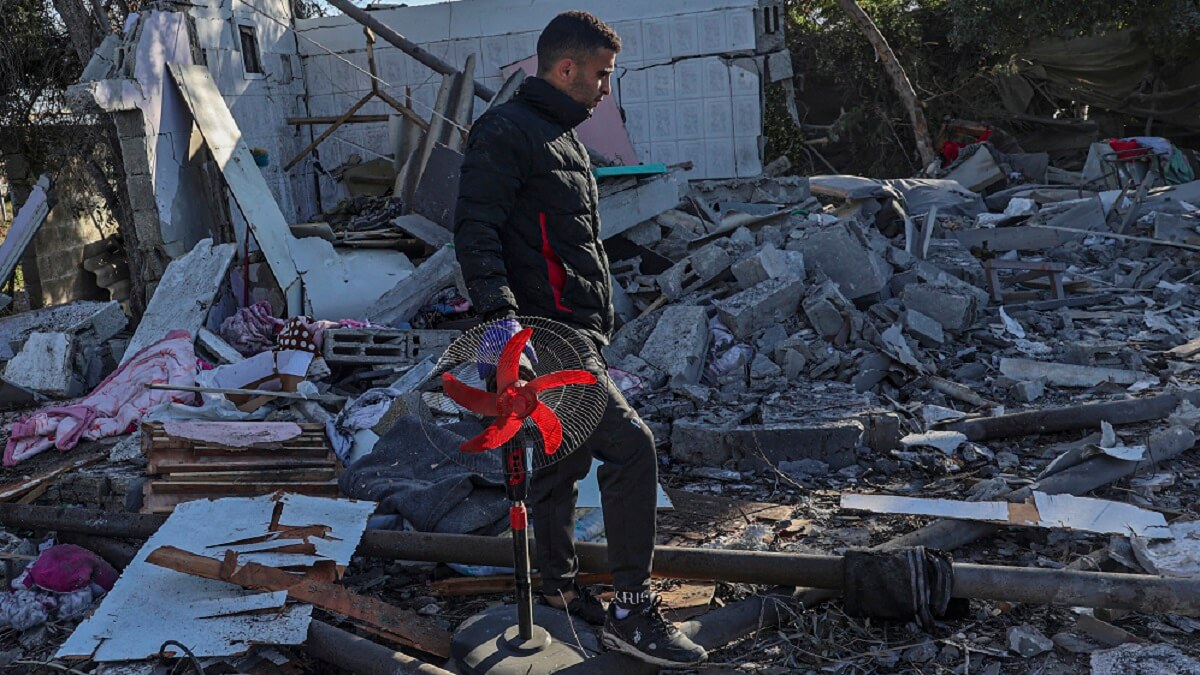
The text approved by the SC has some points aimed directly at the most extremist wing of the Israeli government. The text explicitly refers to the "rejection of any attempt at territorial or demographic modification in Gaza, including any action to reduce the territory". At the same time, it urges both parties to implement the measures contained in the proposal as soon as possible, which translates into "an immediate ceasefire and the release of the hostages".
Israel does not envisage an end to the war
This is the main sticking point in the long-term negotiations, despite the logical optimism following the ceasefire agreement. Israeli Prime Minister Benjamin Netanyahu has tirelessly repeated that he has no intention of stopping until Hamas is completely destroyed. Peace is looking less than impossible, at least by way of agreement, as the Israeli and Hamas red lines collide head-on.
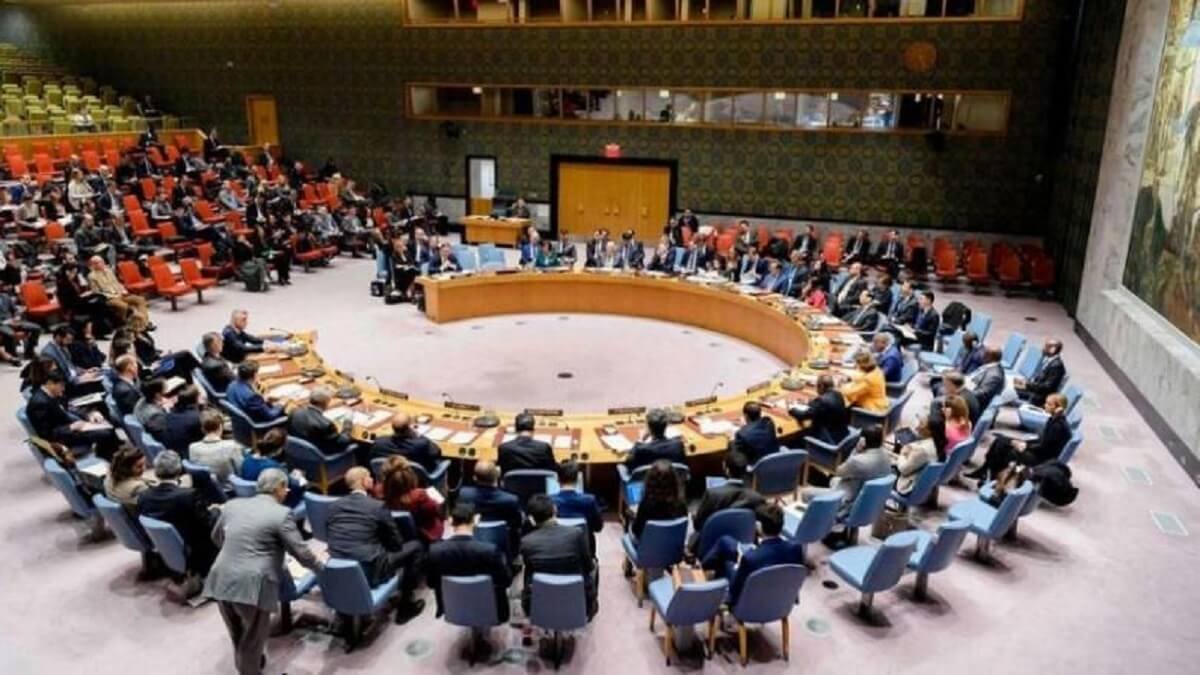
Since the Hamas terrorist attack of 7 October, the total number of casualties has exceeded 37,000. And the - harsh - reality is that all indications are that this figure will continue to rise, at least in the short term. Indeed, Israel's recent hostage rescue operation, which brought back four of those kidnapped by Hamas, resulted in 274 Gazan deaths.
The Israeli government is coming under increasing pressure, especially from its population, who are calling on the government to reach an agreement that will enable the return of their relatives under the slogan "Bring them home now". More and more people are prioritising bringing their loved ones back rather than continuing with an offensive whose horizon is impossible to glimpse. This is shared by Israel's partner countries and the UN, as evidenced by the proposal approved by the Security Council.

